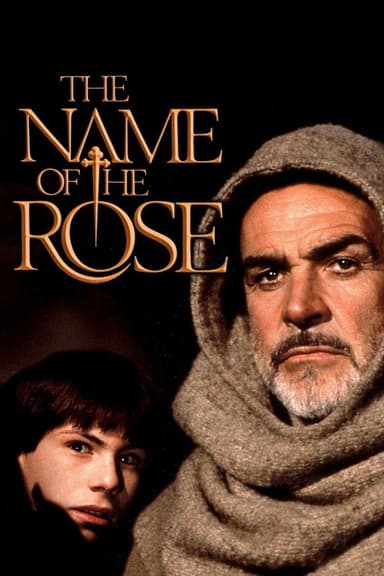
Ordeal by Innocence
1984 • Crime, Mystery, Thriller
Dr. Arthur Calgary visits the Argyle family to return an address book lost some time ago by Jack Argyle, only to find out that Jack has been executed for the murder of his mother. Calgary can prove that Jack was innocent. In spite of opposition from a hostile family, he is determined to solve the crime.
Runtime: 1h 30m
Why you should read the novel
Agatha Christie's novel, 'Ordeal by Innocence', offers a gripping and meticulously crafted mystery that unravels layer by layer. Readers are drawn into a world of intricate family secrets and the psychological complexity of guilt, innocence, and memory. The internal monologues and shifting perspectives provide a deeper understanding of each character’s motivations and emotional struggles.
Unlike the visual constraints of the film, the novel rewards its audience with Christie’s signature subtle clues and red herrings that engage readers in active sleuthing. The pacing allows for suspense to build organically, immersing the reader in the shifting suspicions and insecurities of the Argyle family. Every conversation and gesture is loaded with significance that only attentive reading will reveal.
By reading the original book, one can appreciate Agatha Christie’s mastery of narrative structure and characterization, which the movie condenses or omits for brevity and dramatic effect. The depth of psychological insight, the complex interplay of past and present, and the atmospheric settings come fully to life in Christie’s prose, making the novel an essential experience for any mystery lover.
Adaptation differences
The 1984 film adaptation of 'Ordeal by Innocence' makes several notable changes from Christie’s novel. Most prominently, some characters' backstories and motivations are simplified, leading to less nuanced portrayals on screen. This streamlining impacts the complexity of family dynamics and the buildup of interpersonal mistrust that is a hallmark of the book.
Another significant difference lies in the pacing and structure of the plot. The novel employs a gradual unspooling of secrets and careful layering of clues, whereas the film adopts a more straightforward approach to reveal scenes and narrative twists. This results in a faster but somewhat less suspenseful unraveling of the mystery.
The adaptation also alters the tone and atmosphere. While the book is rich in psychological tension and moral ambiguity, the film sometimes focuses more on visual suspense and period aesthetics, occasionally sacrificing the explorations of guilt and innocence that define the characters in the novel.
Lastly, the ending of the movie is more direct and less ambiguous than Christie’s original resolution. The motivations of the murderer and the emotional aftermath for the Argyle family receive a more concise treatment, altering the story’s emotional impact. These changes shift the audience’s engagement from psychological depth toward a resolution-driven conclusion.
Ordeal by Innocence inspired from
Ordeal by Innocence
by Agatha Christie














